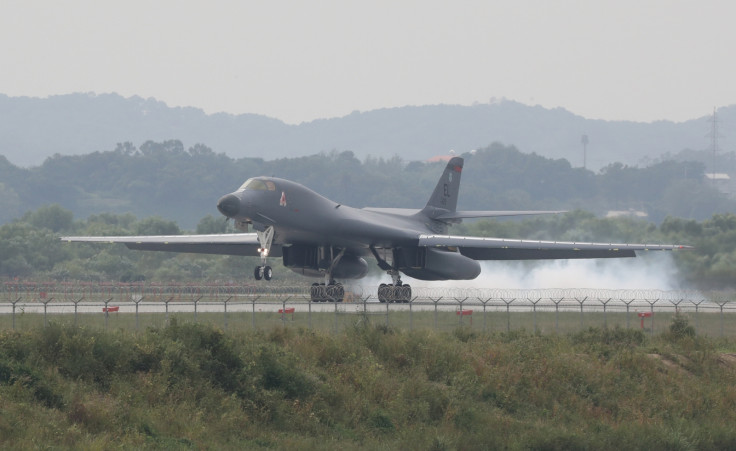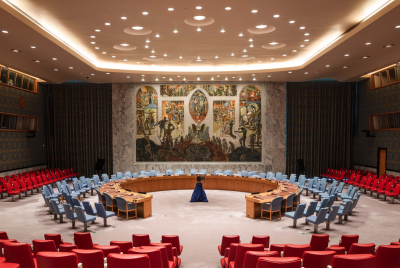US flies B1-B bombers over Korean peninsula after North Korean ICBM test
The bombers were flanked by South Korean and Japanese warplanes.
The US flew two nuclear-capable bombers over the Korean peninsula on Sunday, 30 July in a show of force against North Korea after the country test-fired an intercontinental ballistic missile (ICBM) for the second time in a month. The bombers were flanked by South Korean and Japanese fighter jets.
The North Korean regime launched the ICBM on Friday, 28 in yet another display of belligerence.
Flights of the powerful supersonic B1-B bombers, based in Guam, after North Korea's missile launches have now become routine in the region.
Following the latest manoeuvres, the US military said the bombers' flight was in response to "North Korea's ballistic missile and nuclear programmes, and as a part of the continuing demonstration of ironclad US commitment to our allies".
Warplanes of the US, South Korea and Japan participated in a 10-hour-long practised formation and intercept drills.
A top US commander said his country was gearing up to face any eventuality. "Diplomacy remains the lead; however, we have a responsibility to our allies and our nation to showcase our unwavering commitment while planning for the worst-case scenario. If called upon, we are ready to respond with rapid, lethal, and overwhelming force at a time and place of our choosing," said General Terrence J O'Shaughnessy, Pacific Air Forces commander.
The US military announcement coincides with US President Donald Trump blasting China, a key ally of Pyongyang, for failing to exert more pressure on North Korea to scale down its weapons programmes.

© Copyright IBTimes 2025. All rights reserved.





















